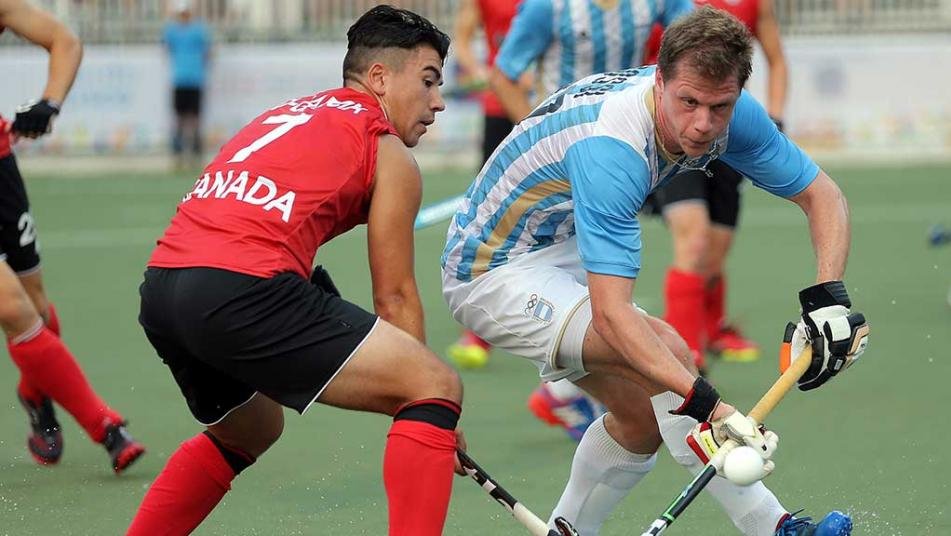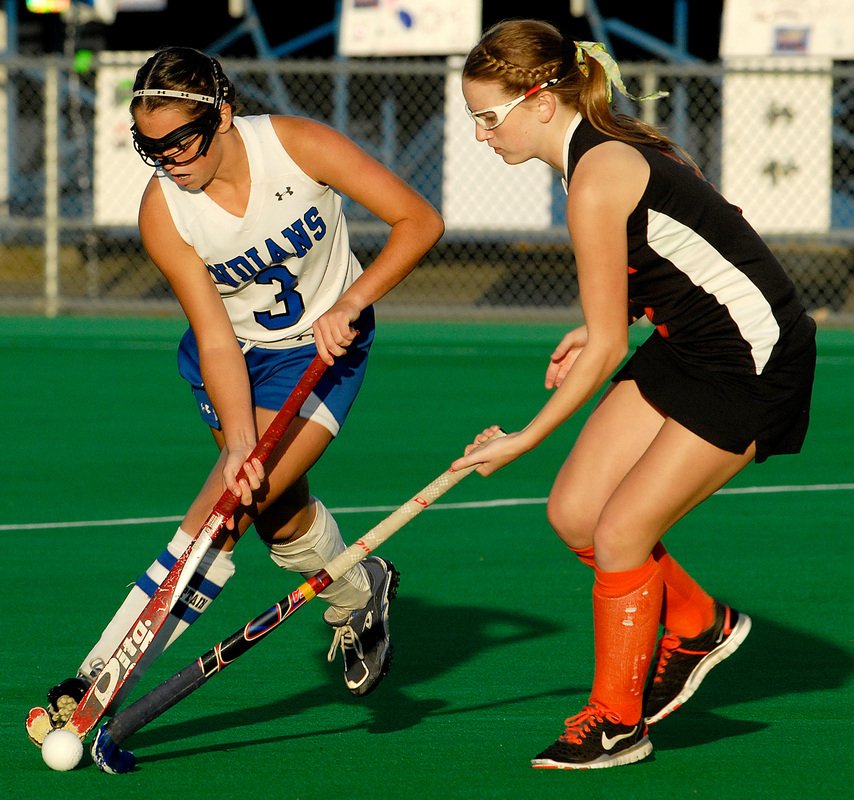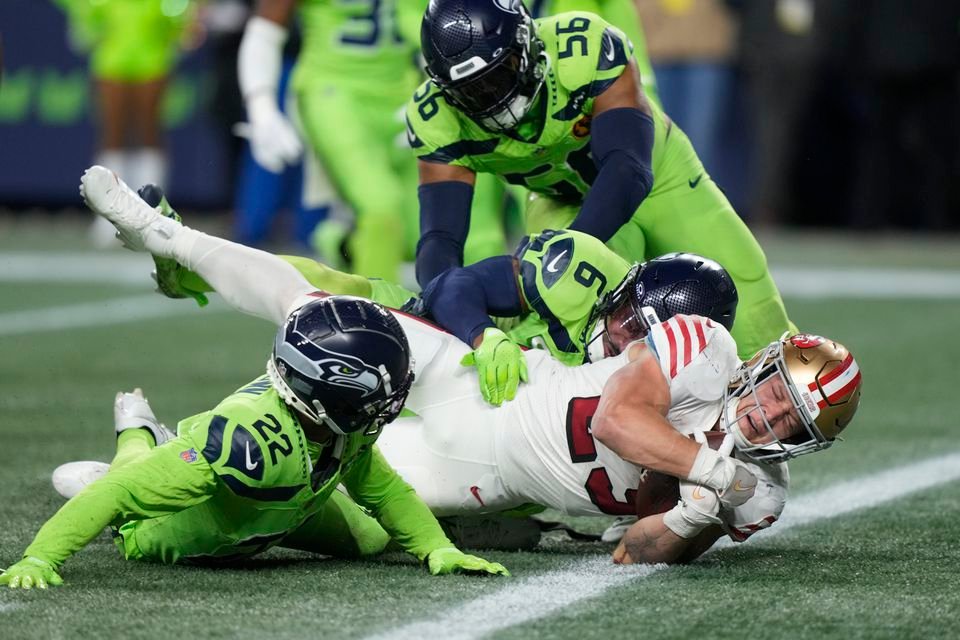As a passionate field hockey player and an avid fan of the sport, I’ve often encountered questions about the rules that govern the game. One of the most common inquiries is, “What is offside in field hockey?”
This article aims to demystify the offside rule, a critical aspect of the game that can influence the outcome of a match. We’ll explore the definition, positioning, consequences, and strategies to avoid offside, as well as variations across different leagues.
Understanding the Offside Rule in Field Hockey

Definition of Offside in Field Hockey
The offside rule in field hockey is a regulation designed to maintain fair play and prevent goal-hanging, where a player waits near the opponent’s goal for a pass without engaging in active play.
However, it’s important to note that the offside rule was abolished from the official field hockey rules by the International Hockey Federation (FIH) in 1996. Before its removal, a player was considered offside if they were ahead of the ball and there were fewer than three opponents between them and the opponent’s goal line when the ball was played to them.
Since the abolishment of the offside rule, field hockey has become a faster and more fluid game, with an emphasis on skill and teamwork. The change has allowed for more dynamic attacking plays and a higher scoring rate, making the game more exciting for players and spectators alike.
Offside Positioning in Field Hockey
Although the offside rule is no longer in effect, understanding the concept of offside positioning is still beneficial for strategic purposes.
Before the rule change, players had to be mindful of their position on the field relative to the ball and their opponents. Being in an offside position could result in a free hit awarded to the opposing team.
Today, players can take advantage of the entire field without the restriction of offside rules. This allows for more creative plays and encourages players to spread out and use the space effectively. However, good positioning remains crucial for both offensive and defensive strategies.
Consequences of Offside in Field Hockey
When the offside rule was in place, the consequences of being caught offside were straightforward. The opposing team would be awarded a free hit from where the offside occurred. This would disrupt the flow of the game and could potentially halt a promising attack.
Now, without the offside rule, players are free to roam the field, but they must still adhere to other regulations, such as not obstructing opponents or playing dangerously. Understanding the rules that are currently in effect is essential for maintaining fair play and avoiding penalties.
How to Avoid Offside in Field Hockey

Positioning and Awareness
Even though offside is no longer a concern, positioning, and awareness on the field are vital for success in field hockey. Players should always be aware of their location relative to teammates and opponents to optimize passing options and defensive coverage. Good positioning can make the difference between a successful play and a turnover.
Communication with Teammates
Communication is key in field hockey. Players should constantly talk to each other, calling for passes, signaling their intentions, and alerting teammates to potential threats. Effective communication helps maintain team cohesion and ensures everyone is on the same page during the game.
Timing of Passes and Plays
Timing is crucial in field hockey, especially when executing passes and plays. Players must anticipate the movement of their teammates and opponents to time their actions perfectly. This can lead to successful breakthroughs and scoring opportunities while minimizing the risk of turnovers.
Offside Rule Variations in Different Field Hockey Leagues
While the offside rule has been universally removed from the official rules of field hockey, some local or amateur leagues might still implement their variations for various reasons, such as to simplify the game for beginners. Players need to familiarize themselves with the specific rules of the league they are participating in to avoid any confusion on the field.
Conclusion

In conclusion, while the question “What is offside in field hockey?” may stem from the sport’s history, it’s essential to understand that the offside rule is no longer a part of modern field hockey. The game has evolved to promote a faster pace and more scoring opportunities.
As players, coaches, and enthusiasts, we must focus on positioning, awareness, communication, and timing to excel in the sport. By mastering these aspects, we can enjoy the dynamic and thrilling nature of field hockey to its fullest.
FAQ
-
What is offside in hockey mean?
Offsides. A team is offside when any member of the attacking team precedes the puck over the defending team’s blueline. The position of the player’s skate — and not that of his stick — is the determining factor. If both skates are over the blueline before the puck, the player is offside.
-
Why is it called off sides?
The word ‘offside’ comes from a military term for a man trapped behind enemy lines, where he is said to be ‘off the strength of his side’. Offside rules date back to codes of football developed at English public schools in the early nineteenth century.
-
How do you teach offsides in hockey?
On the whistle one player leaves each line and the coach spots a puck to one of the players. Players have to turn the cones and mirror each other past the blue line. If the player without the puck crosses the blue line before the player with the puck, the coach blows the whistle and yells ‘offside’.







